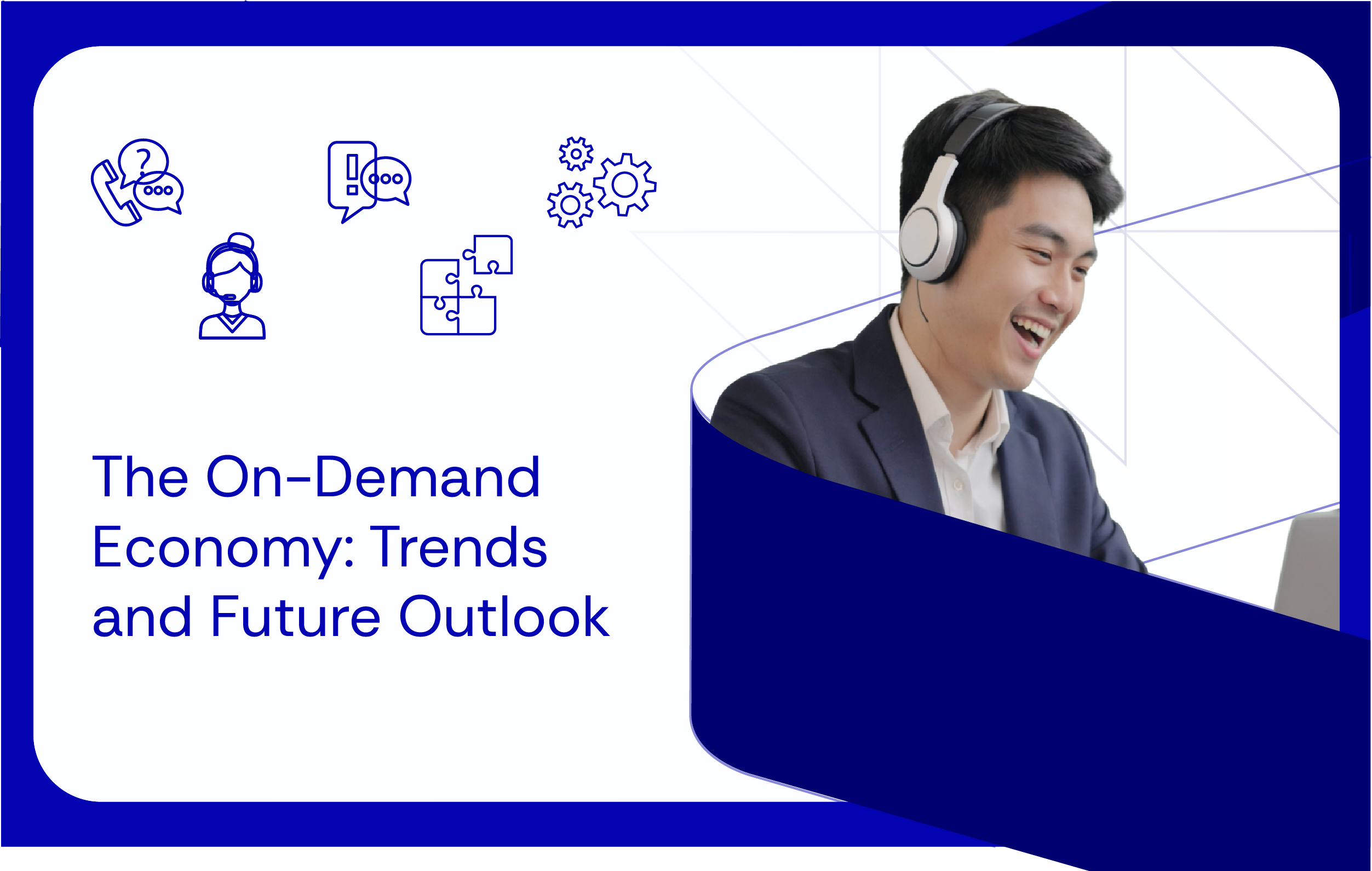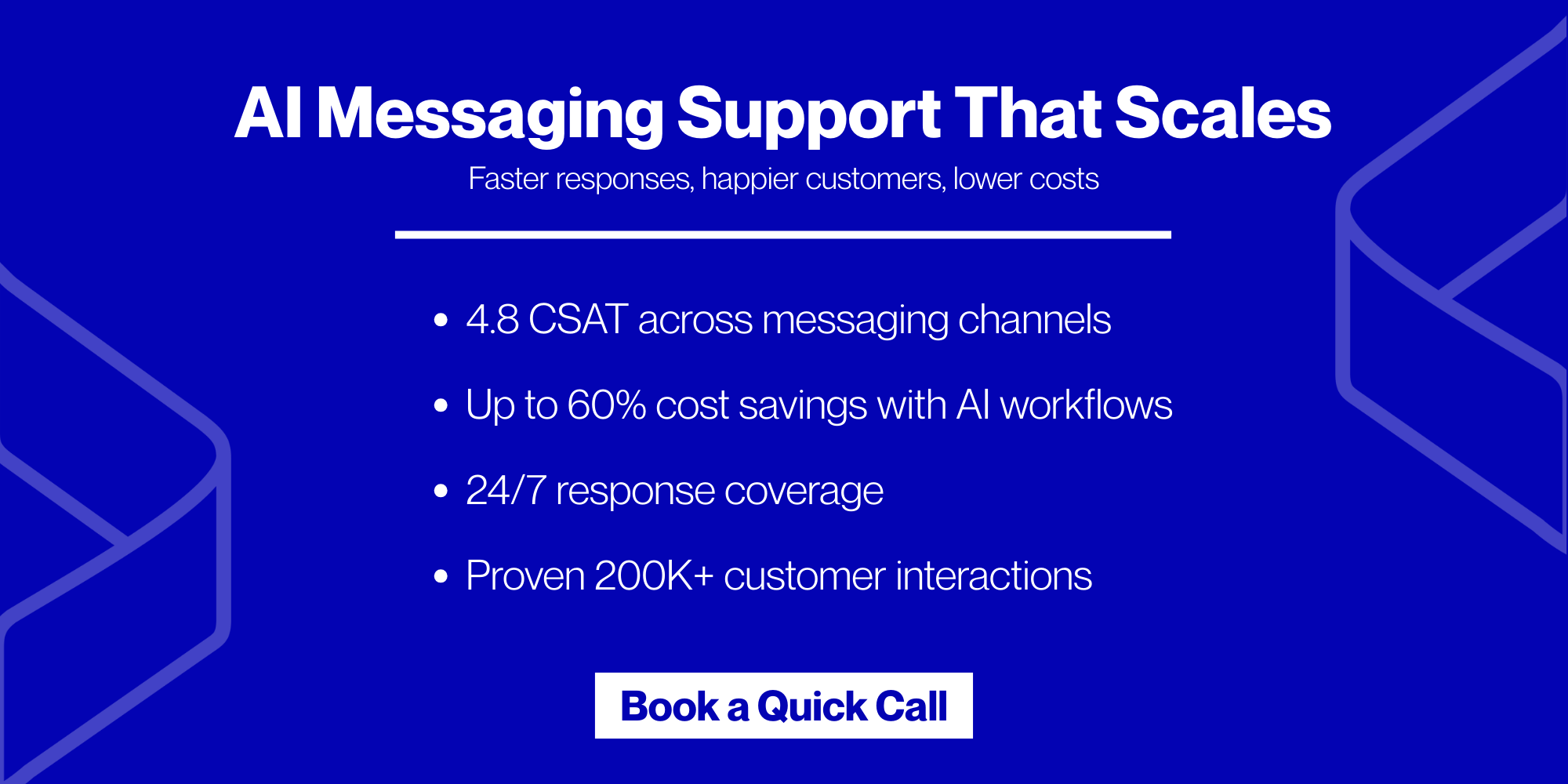The on-demand economy refers to a business model where products or services are delivered based on real-time customer requests (usually through digital platforms). This model relies on mobile apps, flexible labour, and immediate service.
The invention of dial-up internet led to the 1990 dotcom boom! That boom gave rise to mobile applications in 2010! But do you know what mobile applications paved the way for? It led to a demand economy!
In the U.S. alone, 22.4 million consumers annually spend $57.6 billion on on-demand services (Harvard Business Review). This stat clearly shows the widespread adoption of the on-demand business model. In 2025, some popular on-demand services are:
- Ride-sharing (e.g., Uber)
- Food delivery (e.g., Zomato)
- Home services (e.g., UrbanClap)
- Freelance platforms (e.g., Fiverr)
Nowadays, it is no longer a niche market! Many people are using them as part of their daily lives. This has allowed the demand economy to now become a part of the mainstream economy.
But, does it impact your business? Yes. For consumer brands and D2C companies in the US, UK & Australia, the on-demand shift has changed customer expectations permanently.
Do you want to operate profitably in this digital-first economy? In this article, we will define the on-demand economy, understand how it works, and check out its future outlook. Lastly, we will learn how the demand economy impacts your business in 2025!
Why Should Consumer Brands Pay Attention?
If you are a VP, Director or Senior Manager in Customer Experience or Support, in a market like the US, UK or Australia, the demand economy has a direct impact on your business. Customers now expect instant access, flexibility and digital-first service.
Failing to align with this shift in customer expectations could lead to higher churn rates and lost revenue.
McKinsey research shows that 71% of consumers expect companies to deliver personalized interactions and 76% get frustrated when this doesn’t happen. Whether you are a VP, Senior Manager or a Director of the customer experience or customer support, understanding the mechanics of the demand economy is key to staying competitive and future-ready in 2025.
What is the Demand Economy in 2025?
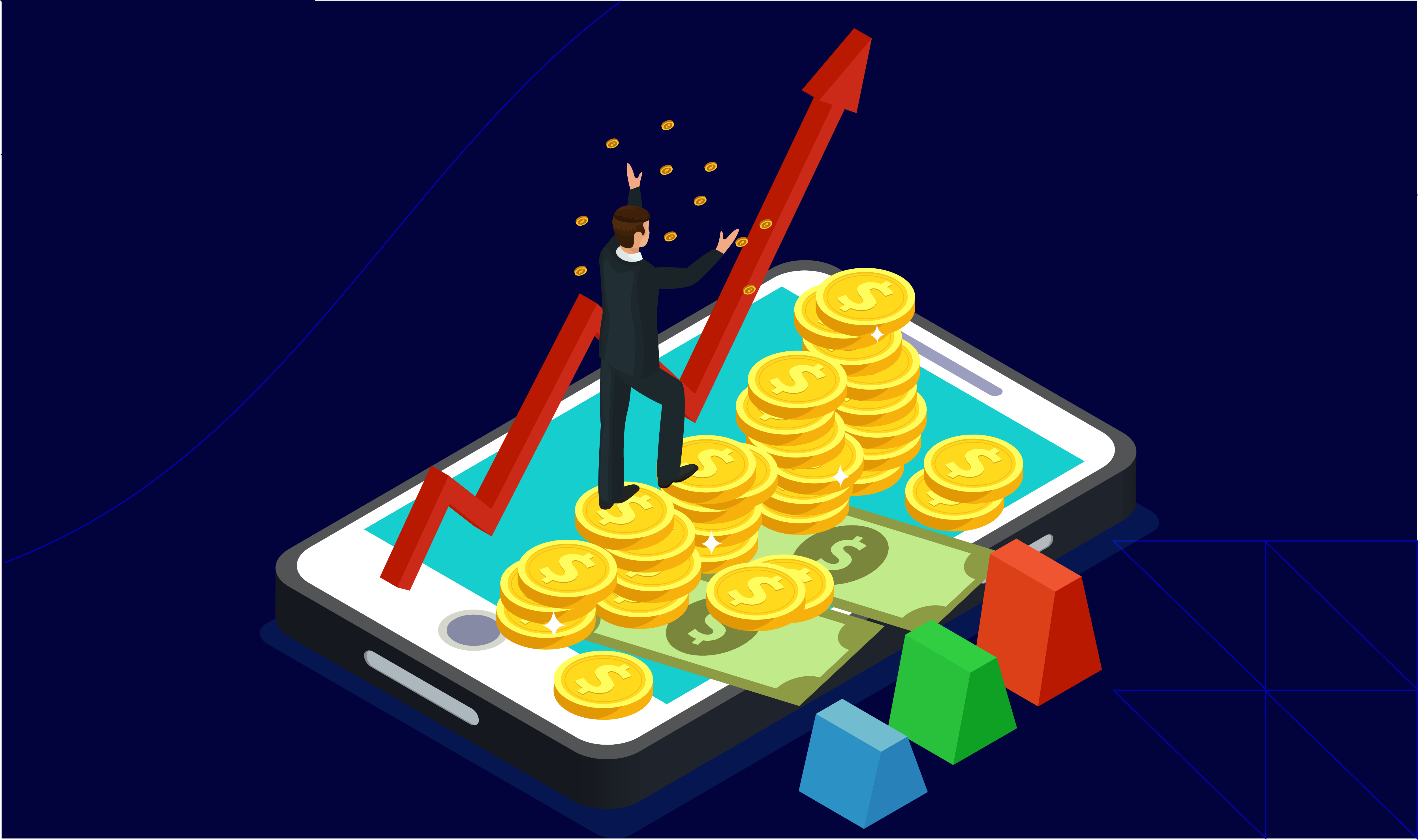
The demand economy refers to a business model where companies deliver products or services to customers through a digital platform (like a mobile app or website). Instead of waiting days or weeks, customers receive what they need (such as food, rides, home repairs, or freelance work), shortly after placing a request.
This on-demand business model has become a reality due to technological advancements. Mobile apps, online platforms, and digital payments make it possible to match customer demand with service providers in real-time.
How Does Demand Economy Work?
In the demand economy, businesses use independent workers or short-term staff. These workers do not have long-term employment contracts. They fulfil orders or services by taking on tasks or jobs as needed. This is sometimes called a “gig” model.
For example,
- A customer orders food through an app. A delivery driver picks it up and brings it to the customer.
- A homeowner books a cleaner through a website. A cleaner accepts the job and completes it the same day.
- A business hires a freelance designer online to create a logo.
These transactions are arranged and completed through a digital platform, creating speed, convenience and scalability. This platform acts as the middleman between the customer and the service provider.
COVID-19 Increased The Usage of On-Demand Apps
During the COVID-19 pandemic, people had limited access to physical stores and services due to lockdowns. This significantly promoted the demand economy. Studies show usage surged by up to 200% in categories like food delivery and online shopping due to limitations on movement.
Thus, the pandemic made more people comfortable with using on-demand platforms. Even after restrictions ended, many customers kept using these services! This shift in customer behaviour affects all businesses in all industries in 2025.
For CX leaders, this behavior shift is permanent. The demand economy is now embedded in customer expectations.
The Future Outlook of Demand Economy
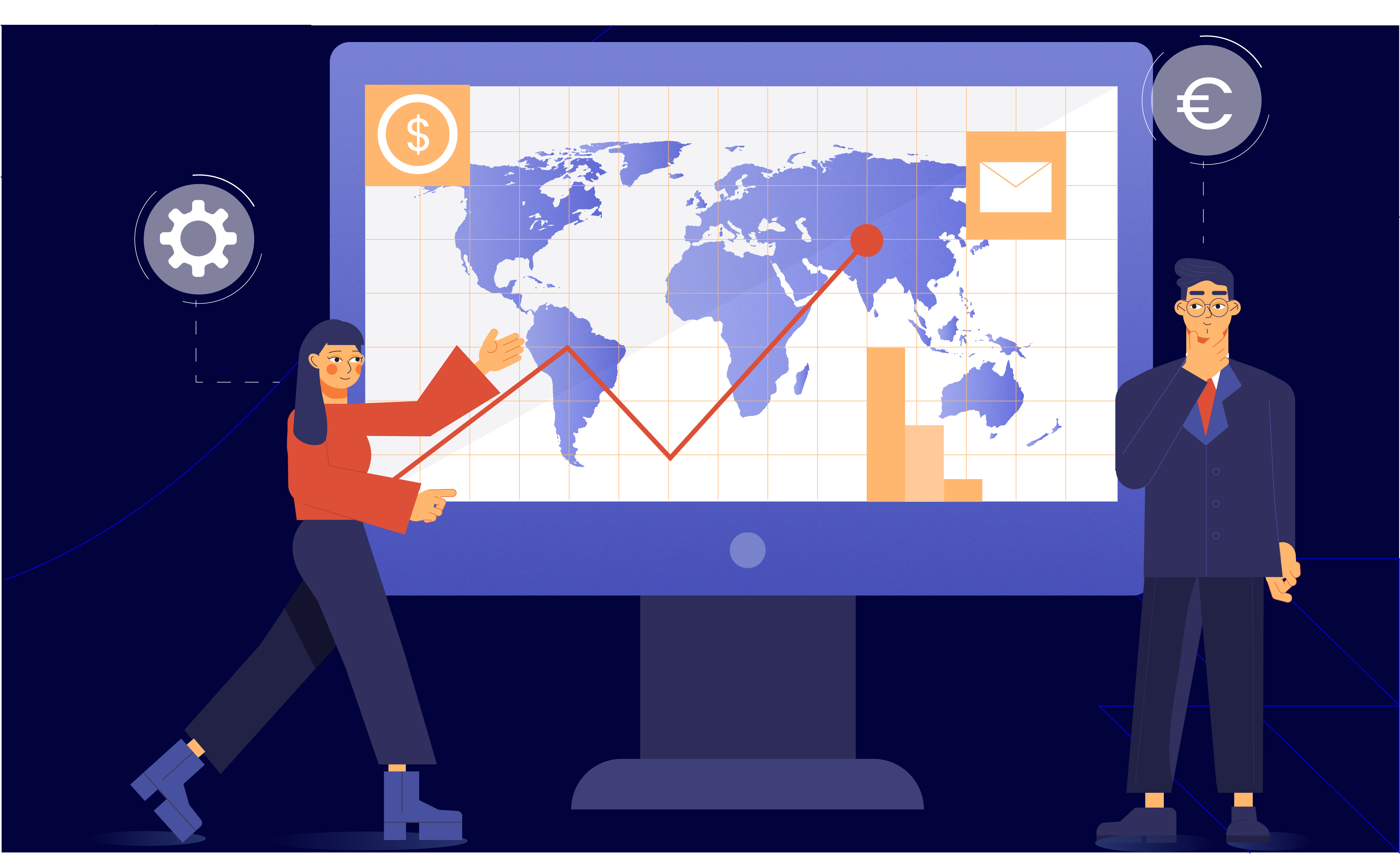
The on-demand economy is not a fleeting trend! Instead, it is a permanent shift similar to the internet revolution of the late 1990s. For your reference, below are some key points that show the future outlook of the on-demand economy:
1. Strong Projected Growth
The demand economy is expected to grow to $335 billion by the end of 2025 (PwC). Most businesses using the on-demand model will continue to expand. Also, the latest U.S. trends show increased adoption in Tier 1 cities like Chicago, New York, and Los Angeles.
At the same time. India is also experiencing strong growth in demand economy due to increasing:
- Smartphone penetration
- Internet accessibility
Even the Indian government is supporting these new technologies by funding and creating specialised programs, such as:
| AI Centers of Excellence | The National Geospatial Mission |
|
or
|
2. Addition of More On-Demand Services
Originally, on-demand business models focused mostly on food delivery and ride-sharing. However, the model is now expanding to other services. In 2025, the on-demand model continues expanding into new industries. For example:
- People can now book plumbers or electricians through an app.
- Users can schedule personal stylists for fashion advice.
- Telehealth and therapy sessions delivered digitally
This shows that the on-demand model can be applied to many industries. As customer needs change, now more services are moving to this model to meet those expectations.
3. Ongoing Technological Advancements
Technology continues to improve how the demand economy works. In the future, businesses will use tools like:
- Artificial Intelligence (AI) to understand customer preferences and make suggestions.
- Location tracking to deliver services faster or send nearby workers.
- Simpler app designs to help customers book services with fewer steps.
For customer support leaders, AI-driven personalization and predictive service models are becoming essential to reduce resolution times and increase CSAT. These tools are particularly useful for VPs and Directors of consumer support who want to improve resolution time and satisfaction scores.
4. Changing Consumer Behaviour and Demand
Customers now expect services to be:
- Quick
- Easy to access
- Available anytime through mobile devices
This behaviour is often described as the “demand for instant results”, which has been originally set by companies like Uber. Now, customers want this same fast model to be applied to everything from food delivery to home repairs. Studies show that younger people are leading this trend. Customers under 35 dominate usage by 51% of on-demand economy participants fall in this group (Statista).
This instant gratification model, pioneered by companies like Uber, is now the norm in 2025. If you are a brand in the $5M+ revenue range, staying relevant means adapting to this behavior shift.
5. The Impact on Labour Market
The on-demand economy in 2025 is changing the way people work. Instead of working full-time for one employer, many workers are choosing to take short-term or freelance jobs through apps. This allows them to:
- Choose their own working hours
- Decide how many jobs they want to take
- Control how much they want to earn
For business owners, this creates a flexible labour model. In the future, most companies will hire workers when demand is high and reduce staff when demand is low.
Atidiv has helped multiple clients optimize workforce models, including saving at least $450K annually in potential success while reducing employee costs by 65% (read case study).
How Can the Demand Economy Impact Your Business?
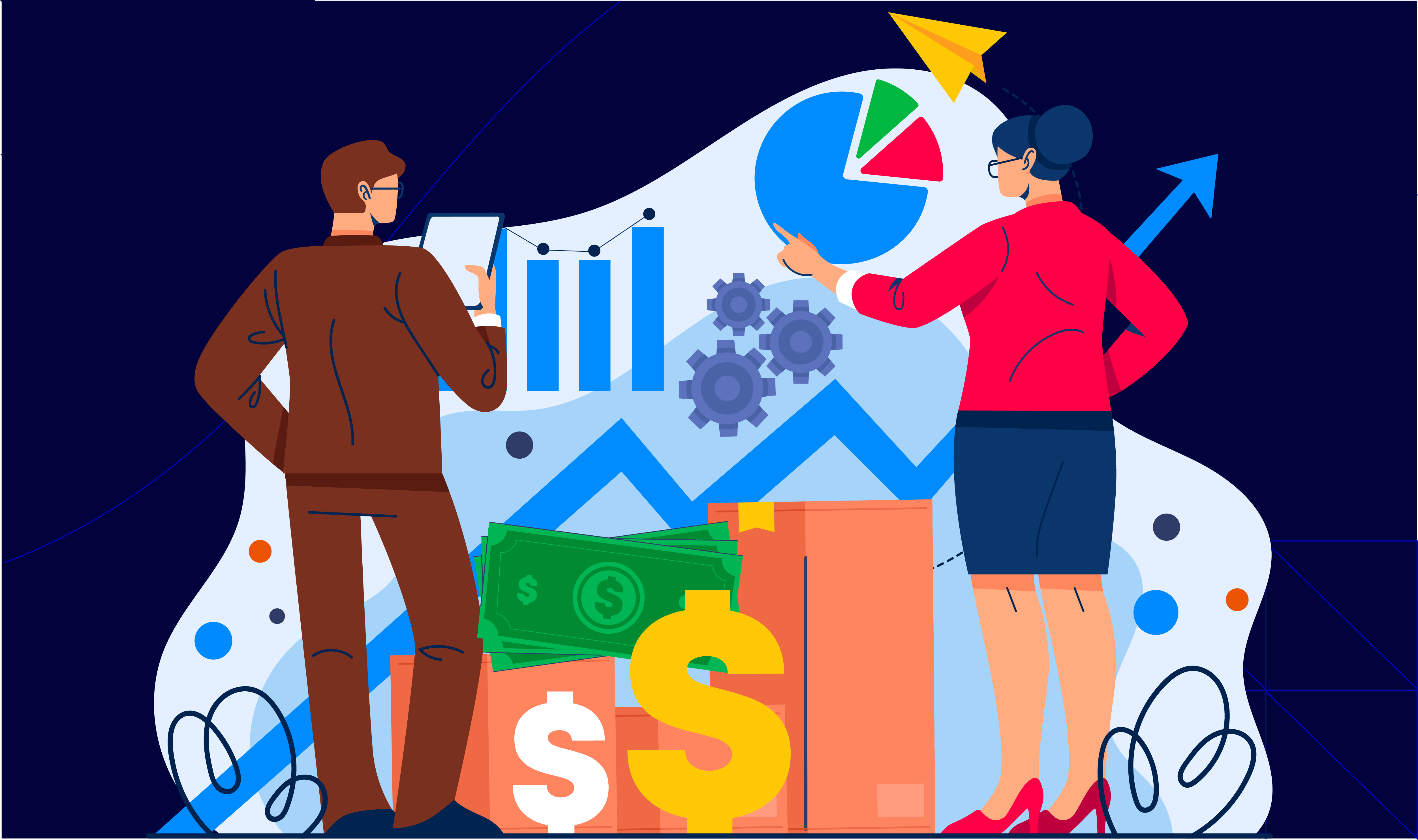
The demand economy is changing how people buy services and products. Instead of waiting or going to physical locations, customers now expect “instant gratification”.
But, how does the demand economy affect you? Below are five major ways it can impact your business:
1. Customer Expectations Are Changing
People now expect fast digital services. If your business can’t meet that expectation, customers may choose competitors who can. This applies across multiple sectors, whether you:
- Sell products
- Offer services
- Run a local shop
2. Digital Access Is Becoming a Requirement
Customers prefer using mobile apps or websites to book, buy, or schedule. If your business is not available online, it may be harder to reach new customers.
3. New Revenue Streams
You can start offering your products or services in the demand economy, through a custom app or by partnering with platforms. This allows you to increase your sales and expand into new areas without opening more physical locations.
4. Flexible Workforce Models
By availing of on-demand IT services, you can scale your workforce up or down based on your business requirements. Nowadays, many on-demand businesses use freelancers or contractors. This significantly reduces long-term labour costs.
5. Try to Shift from Traditional Models
The on-demand economy is moving away from:
- Fixed schedules
- Long-term contracts
- In-store visits
As a business owner, you must adapt to this shift to remain competitive and reach more customers.
Shine in Demand Economy with Atidiv. Boost CX and More!
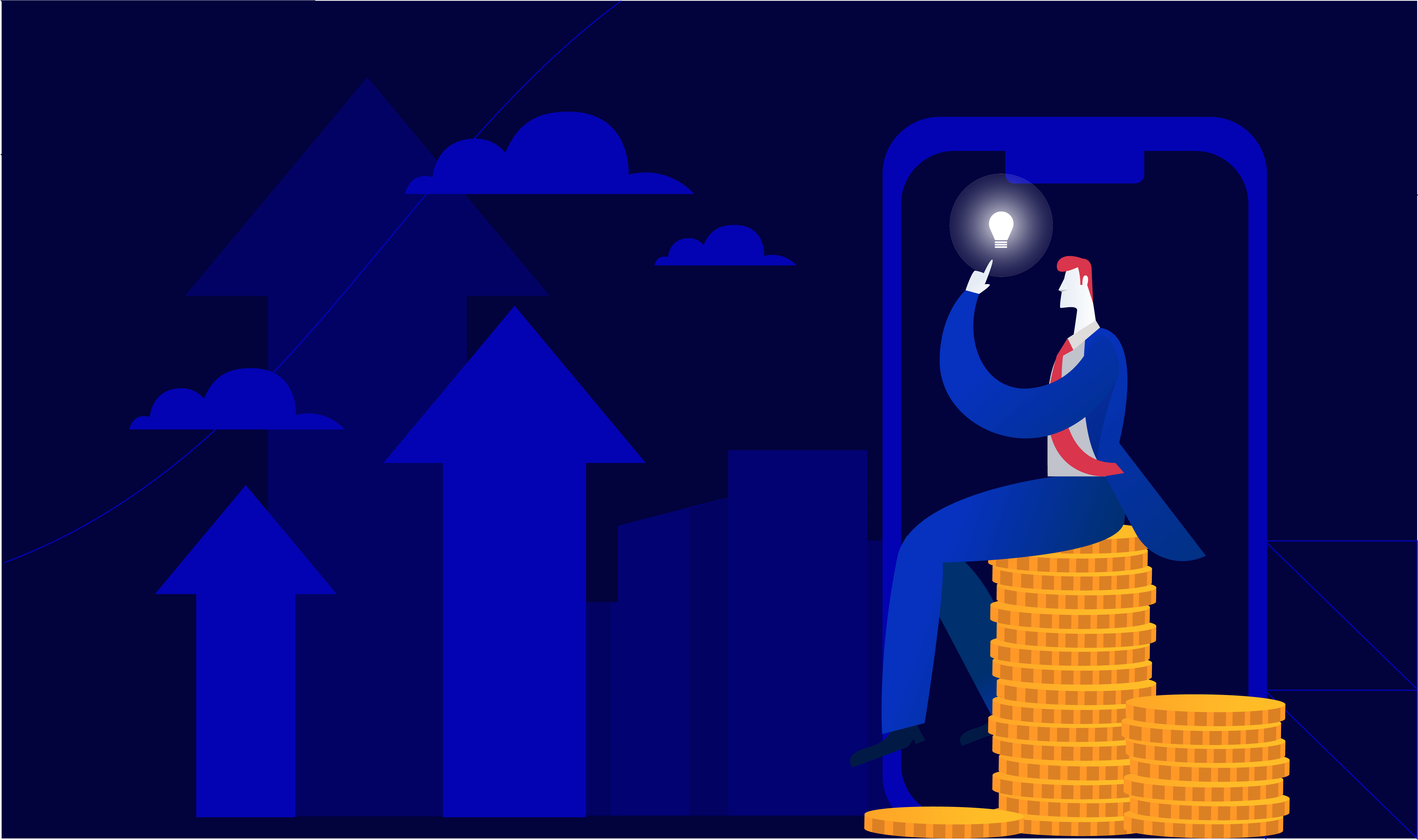
The demand economy is no longer a trend! It is now a permanent shift in:
- How do businesses operate?
- How do customers expect to be served?
Recently, there has been an increase in digital access due to strong internet penetration. This has changed customer behaviour. In response, business owners like you must adapt to:
- Faster delivery models
- Flexible workforces
- Real-time digital interactions
Ignoring this shift could result in losing customers to more agile competitors!
Atidiv partners with CX leaders in the US, UK & Australia to modernize operations for the on-demand era.
Finding it tough to operate in a demand economy? Want to stay profitable in today’s digital-first market? Let Atidiv help your business to prepare for the on-demand economy!
We offer:
- AI-driven digital solutions
- Exceptional omnichannel customer support
- Digital Marketing
- Strong IT support
Case Study Example: Atidiv enabled 80% time savings, 50% cost reduction and 99% accuracy for a NYC start-up (read more).
Partner with Atidiv today to build a more adaptive business for the future!
FAQs on Demand Economy
1. How can I shift my traditional business to the on-demand economy model?
Start by identifying which products or services can be offered through a digital platform. Then, invest in a mobile app or partner with an existing platform.
You may also need to hire flexible staff or freelancers who can respond to customer requests as they come in.
2. Is building a custom app expensive for a small business?
Costs vary, but it doesn’t always have to be expensive. You can start with a basic version (MVP) that includes key features. As your business grows, you can upgrade.
3. How do I manage quality when using freelance or contract workers?
Set clear standards and use digital tools to monitor performance. Always collect customer feedback to improve service in a demand economy.
Also, offer proper training to freelancers or contract workers so that they can:
- Understand your company’s products and services
- Perform to the best of their abilities
4. Will a shift to on-demand hurt my current in-store operations?
No! If planned correctly, on-demand can work alongside your in-store business. This gives your customers more options and lets you reach new markets.
Remember that you don’t have to replace your physical setup! Instead, just expand your reach by offering online access to services or products.
5. I’m not tech-savvy. Can I still enter the on-demand economy?
Yes! You don’t need to be a tech expert. You can hire professionals or partner with leading outsourcing CX specialists like Atidiv that can handle the digital side for you.
Such a delegation lets you focus on your core business while still offering on-demand services to your customers.
